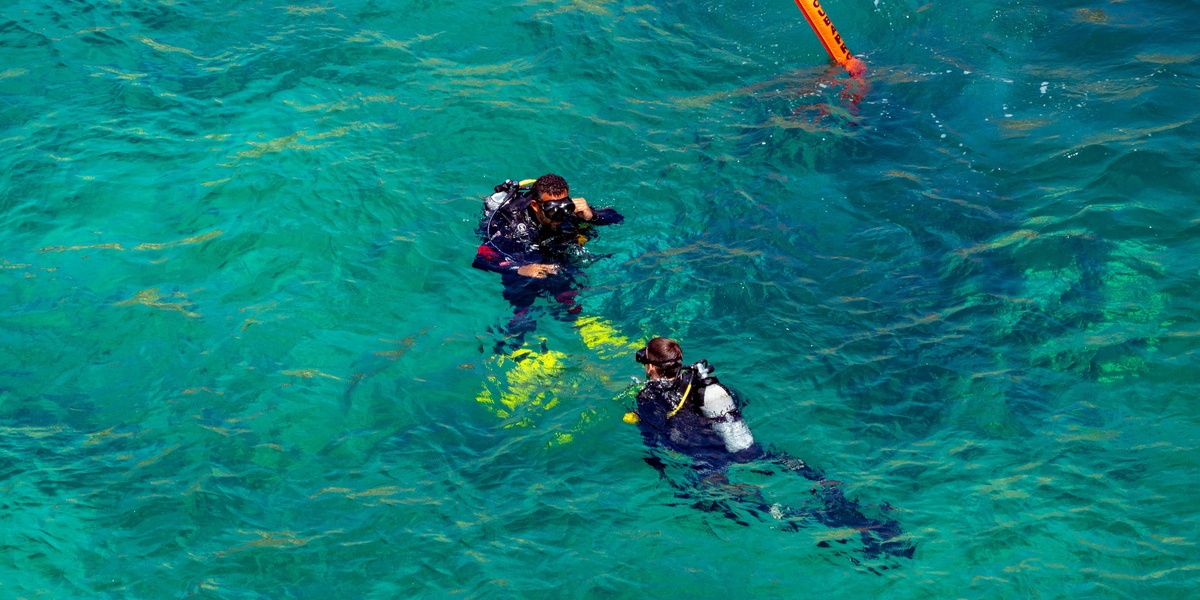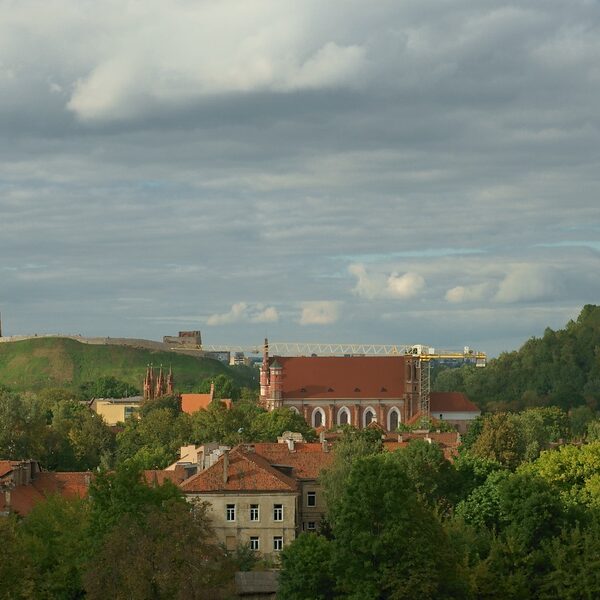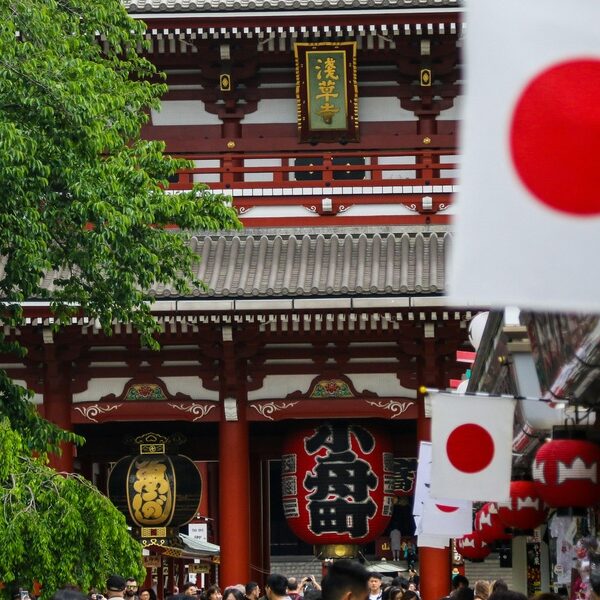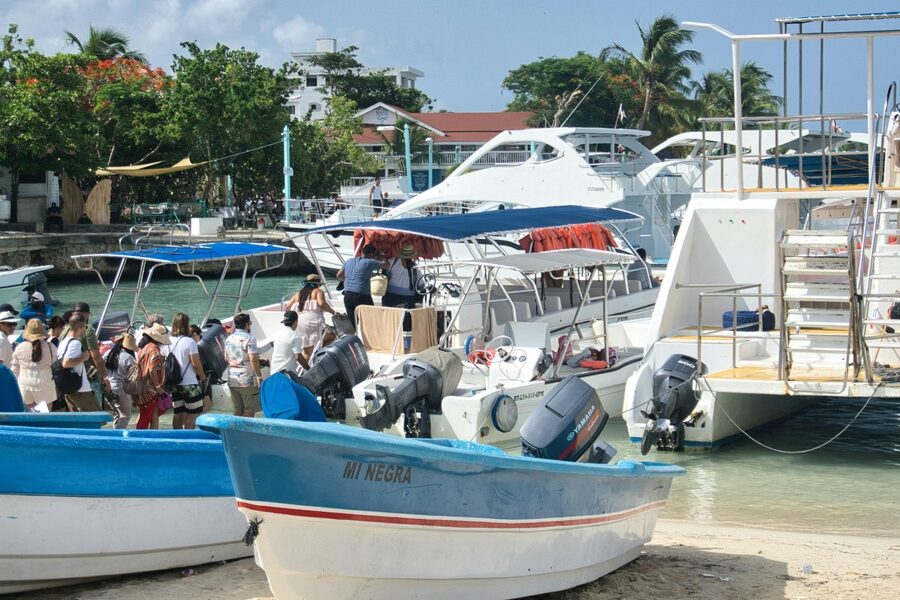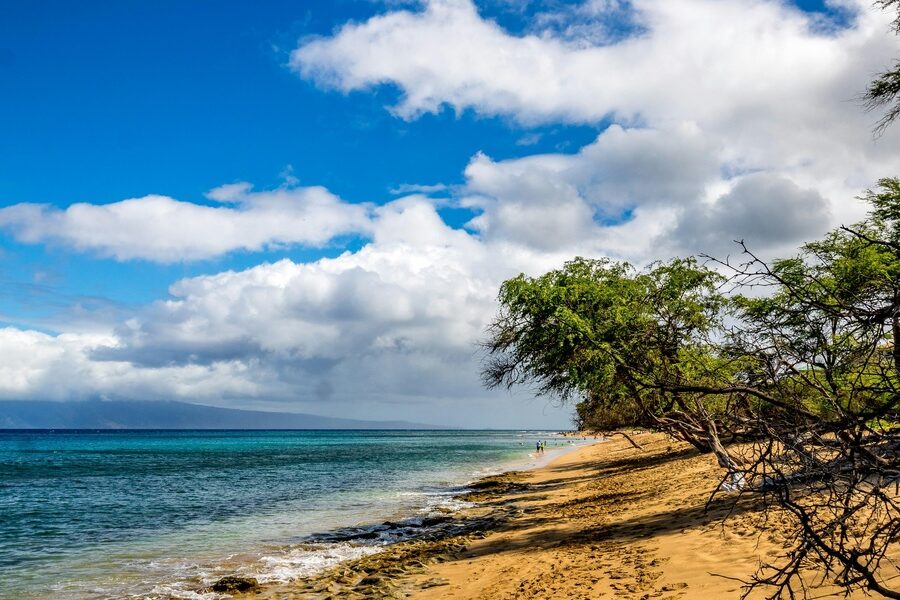Blackened slopes and steaming vents still mark the skyline where La Soufrière roared in April 2021, a volcanic reminder that St. Vincent’s landscape is alive and constantly remaking itself. From cliffs that drop to cobalt seas to regrown rainforest valleys, the islands have rebounded and become a magnetic destination for people seeking real, varied adventure.
Compact and easy to move around, the 32-island chain links world-class snorkeling, short sailing hops, rainforest walks and an accessible volcanic summit into a single trip. This guide promises practical, experience-focused ideas — concrete tips, typical time estimates, and specific places to book or visit — so you can plan an itinerary that mixes reef gardens, summit hikes, island culture, and hands-on conservation. If you want a quick preview: expect snorkeling and diving, sailing charters, fishing trips, a La Soufrière summit, short rainforest treks, island-hopping culture, and volunteer-style eco-tours — the most adventurous things to do in saint vincent and the grenadines all fit into one island-hopping holiday.
Sea and Water Adventures
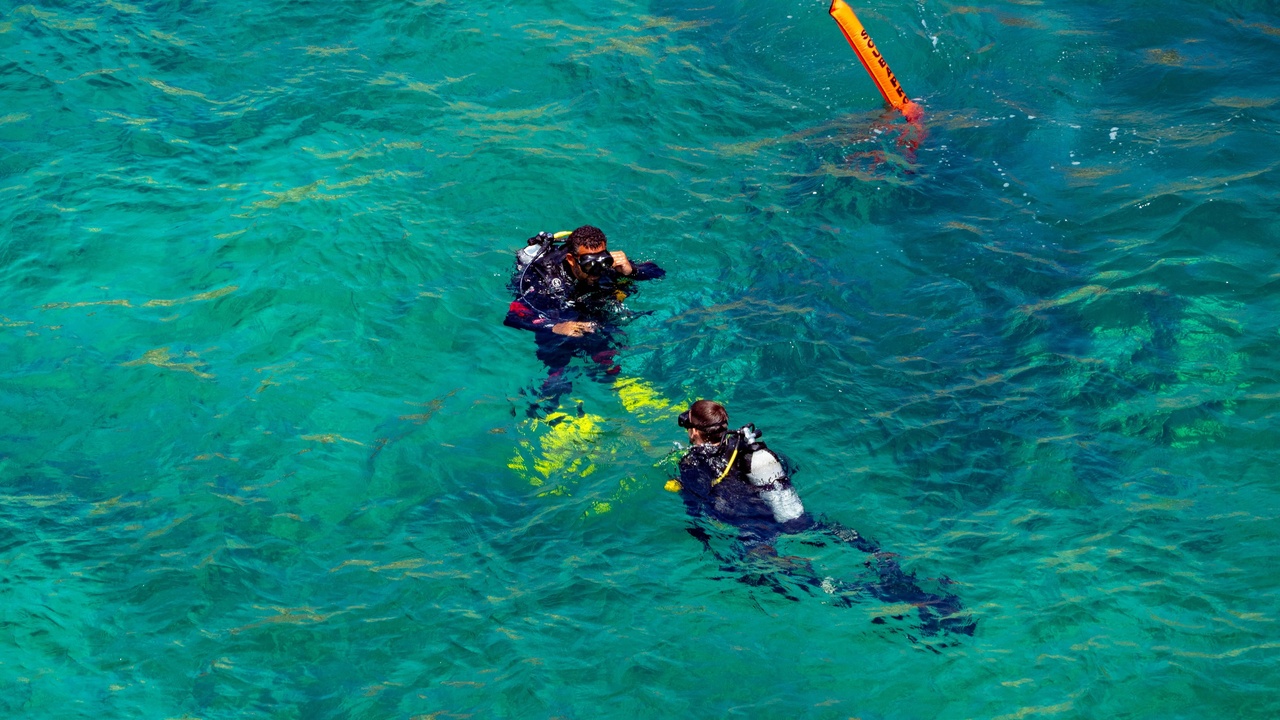
Water defines the Grenadines: crystal visibility, protected reefs and short inter-island hops that make multi-day cruises realistic and rewarding. The Grenadines are part of a 32-island and cay chain, many of which sit inside marine-protected areas that sustain coral gardens, hawksbill and green turtles, and healthy fish populations. Because islands are close, a week of sailing lets you see very different shorelines — secluded sandbars, working harbors and luxury coves — without long transit days. The options span easy shore snorkeling, guided scuba, flats fishing and sport-fishing, plus bareboat or crewed charters. Bring reef-safe sunscreen, book reputable local operators, and plan for calm conditions in the peak dry season (roughly December to May).
1. Snorkel and dive the Tobago Cays
Tobago Cays is the Grenadines’ iconic snorkeling and diving spot: shallow, sheltered lagoons with clear visibility and mid-20s °C water that showcase coral gardens and a steady parade of sea turtles. The area is a protected marine park, so coral and juvenile fish are relatively abundant compared with busier coasts. Travelers typically reach the Cays on day trips or as part of multi-day sails departing from Bequia or Union Island; most day trips run about 6–8 hours, while an overnight sail gives more relaxed time between dives.
Practical tip: go with a local guide who knows the best snorkel zones and follows park rules, carry reef-safe sunscreen, and aim for the dry season for the calmest seas. Watch for hawksbill and green turtles in the shallow lagoons and try a guided reef snorkel to learn which corals and fish species you’re seeing.
2. Sail between the Grenadines — bareboat or crewed
Sailing is one of the most flexible ways to see multiple islands in a week, and common itineraries often run Bequia → Mustique → Canouan → Tobago Cays → Union Island. Most visitors book seven-day charters to cover that route comfortably. If you’re certified and experienced, bareboat charters offer full control; for everyone else a crewed charter simplifies navigation and lets you focus on snorkeling, fishing and island stops.
Costs rise in high season, so book early for December–April. Environmentally, anchor only in designated spots or use moorings to protect seagrass and coral. Travel light, bring a waterproof bag for electronics, and pack basic sea sickness remedies if you’re sensitive to swells. Charters are available from Bequia and mainland St. Vincent, and a local skipper will often tailor the week to wind, weather and your activity priorities.
3. Book a sport-fishing or flats fishing trip
The Grenadines offers two distinct fishing flavors: flats fishing for bonefish and tailing fish around shallow cays, and offshore sport-fishing for mahi-mahi, tuna and wahoo. Flats trips use light tackle and poling skiffs; offshore charters run larger boats with trolling gear. Expect half-day flats outings of roughly 4 hours and full-day deep-sea charters of about 8 hours, with local guides timing trips to seasonal runs.
These trips suit small groups or families and often include a seaside lunch or on-board fillet. For sustainability, follow local catch-and-release guidance, respect marine-protected zones, and pick operators who adhere to best practices. Common departures are from Bequia and Union Island for both flats and full-day offshore options.
Volcanic Peaks, Rainforest Trails, and Waterfalls
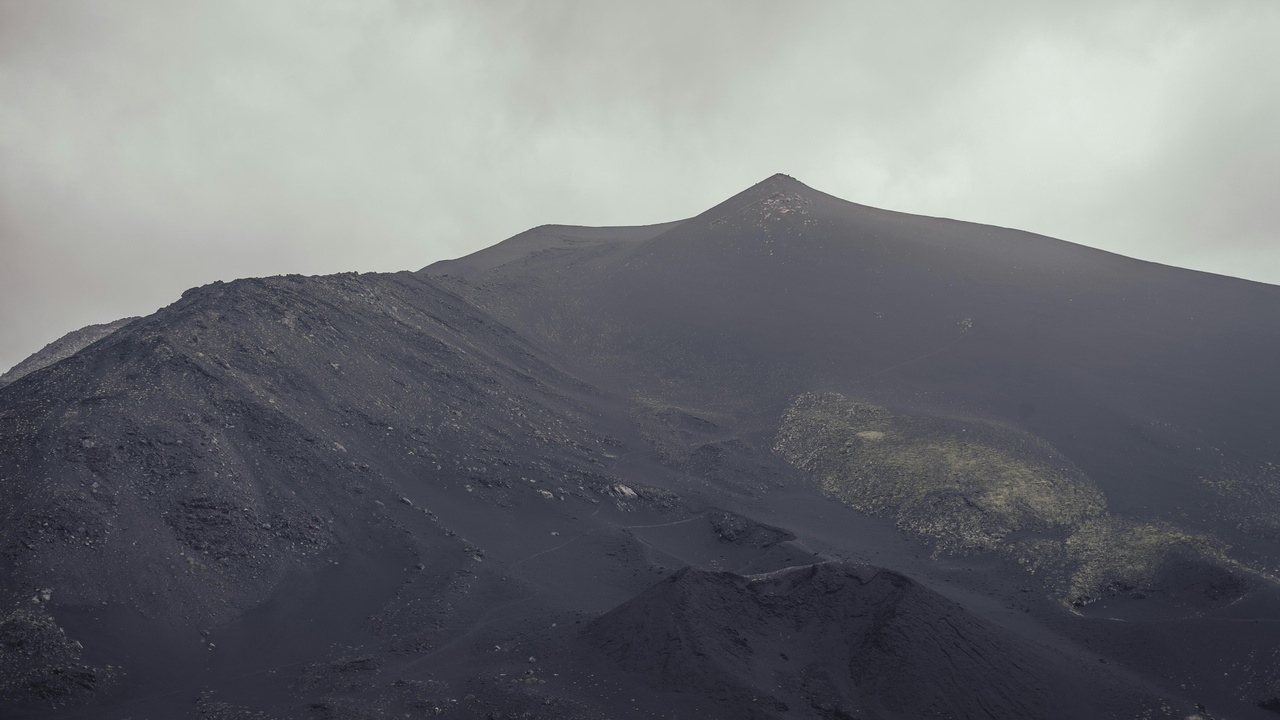
Inland St. Vincent offers a sharp contrast to sea life: a steamy volcanic interior with rainforest trails, waterfalls and the active La Soufrière summit. The April 2021 eruption reshaped parts of the landscape but also highlighted the islands’ ecological resilience — plants and wildlife recolonize quickly on volcanic soils, and hikers get a window into those regenerating habitats. Inland adventures pair well with marine days and add ecological variety to any trip.
Short rainforest walks are common half-day outings, while summit hikes and multi-hour treks require more preparation and local guidance. Trails can be muddy and steep, but they reward with birds, endemic plants and photogenic falls tucked in green gorges.
4. Hike La Soufrière to the volcanic crater
La Soufrière is St. Vincent’s active volcano and the island’s signature inland adventure. The April 2021 eruption is a recent reminder of its power, and access or trail conditions have changed in places since then, so check current notices before you go. A typical summit route takes about 4–6 hours round trip for most fit hikers.
Hire a certified local guide for safety and route choice, carry more than 2 liters of water, wear sturdy boots and sun protection, and bring a mask if sulphur fumes are present. The payoff is dramatic: volcanic terrain, fumaroles in season, and, on clear days, sweeping views of the Grenadines and neighboring islands from the rim.
5. Trek rainforest trails and visit waterfalls
The Vermont Estate and nearby reserves offer short treks through tropical rainforest that lead to cool pools and waterfalls like Dark View Falls. Half-day walks are common, making this a good option for pairing with a beach or market visit the same day. Expect muddy sections and steep steps in places, so wear trail shoes and bring insect repellent.
These trails are excellent for birdwatching — look for endemic or regional species — and for photographers chasing waterfall compositions. Guided eco-walks add local botanical knowledge and are a great way to learn about post-eruption regeneration and traditional plant uses.
Island-Hopping Culture, Events, and Eco-Adventures
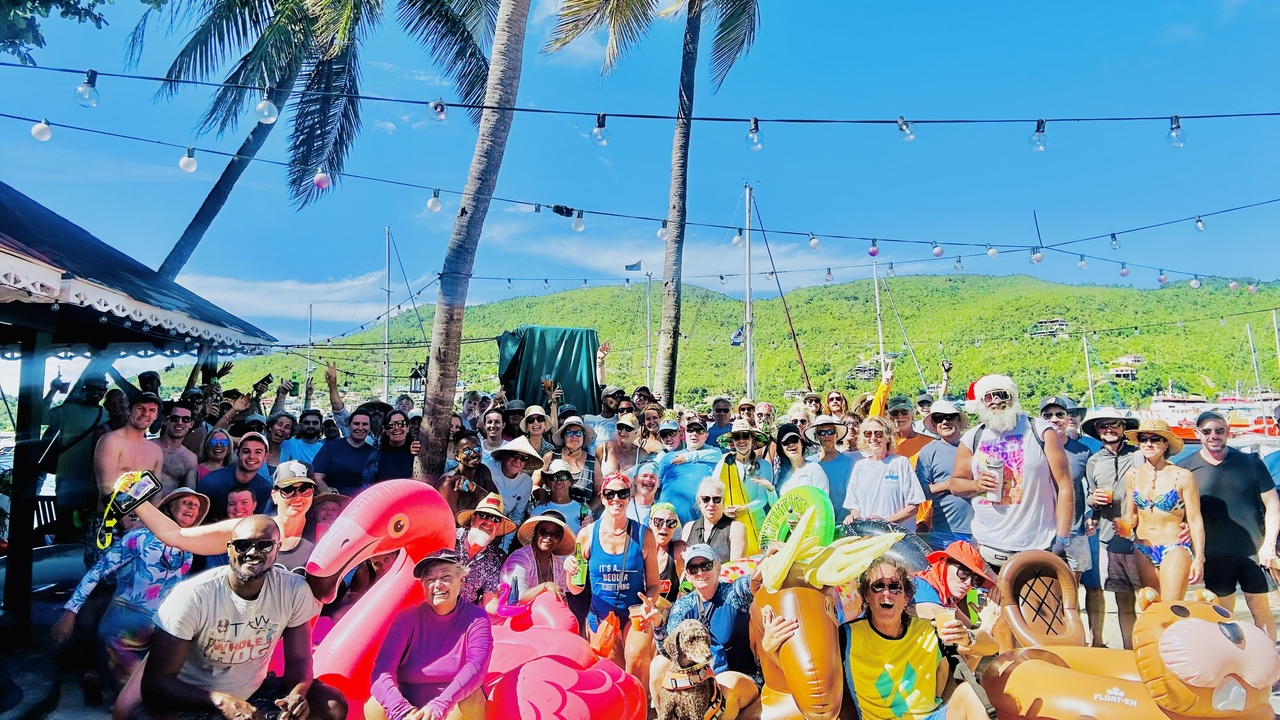
Adventure here isn’t only physical exertion; it’s also cultural discovery. Short inter-island hops unlock local festivals, vibrant harbor scenes, and eco-focused experiences that pair active time with meaningful encounters. You can time a trip around Bequia’s sailing culture, a local regatta, or a conservation workshop that puts you on the beach for a turtle-nesting patrol.
These activities suit travelers who like variety: spend a morning hiking, an afternoon snorkeling, and an evening at a small-island gathering. With short hops between islands, it’s easy to mix adrenaline with authentic village life and conservation-minded pursuits.
6. Island-hop to Bequia, Mustique, and Union Island
Short ferry rides and charter hops make visiting multiple island personalities easy. Bequia offers working-harbor charm and strong local sailing traditions, Mustique provides scenic drives and discreet luxury, and Union Island is the place for kitesurfing and quick access to the Tobago Cays. Travel times are short by Grenadines standards — most inter-island trips are under a few hours by boat — so day trips are feasible from nearby islands.
Booking tip: check ferry timetables and reserve private hops in high season. Each island delivers a different flavor of adventure — beach exploration, watersports or a relaxed evening at a waterfront bar — so plan according to what you want to mix into the week.
7. Combine eco-tours, local food, and hands-on conservation
Make adventure meaningful by joining reef restoration projects, turtle-monitoring walks or small-farm visits to learn about cocoa and rum production. Local operators and NGOs run short-term volunteer options and guided eco-tours that directly support conservation and community income while giving visitors a hands-on role.
Expect half-day to full-day commitments for most activities; reserve in advance during busy months. Concrete examples include turtle-nesting patrols on certain beaches and reef restoration snorkel tours run by community groups. These experiences deepen cultural insight and create memorable, practical ways to leave a positive footprint.
Summary
St. Vincent and the Grenadines packs surprising variety into a compact chain: volcanic summits sit a short sail from world-class snorkeling, and island culture blends with hands-on conservation work. Practical planning makes all the difference — book charters and certified guides ahead for high season, expect half-day and full-day trip options, and prepare for wet trails and sunny decks. Try pairing a 4–6 hour La Soufrière hike with a 6–8 hour Tobago Cays day trip on different days, or consider a seven-day charter to sample multiple islands without rushing.
- You can combine a 4–6 hour La Soufrière summit hike with a 6–8 hour Tobago Cays snorkeling day on separate days for volcanic and marine contrast.
- A seven-day sailing charter easily covers Bequia, Mustique, Canouan, Tobago Cays and Union Island, letting you mix sailing, snorkeling and downtime.
- Short trips like half-day flats fishing or a Vermont Nature Trail hike fit well into islands-first itineraries and give a quick win for families or limited-time visitors.
- Book guides and conservation activities in advance during December–April peak season to secure spots and support reputable local operators.

